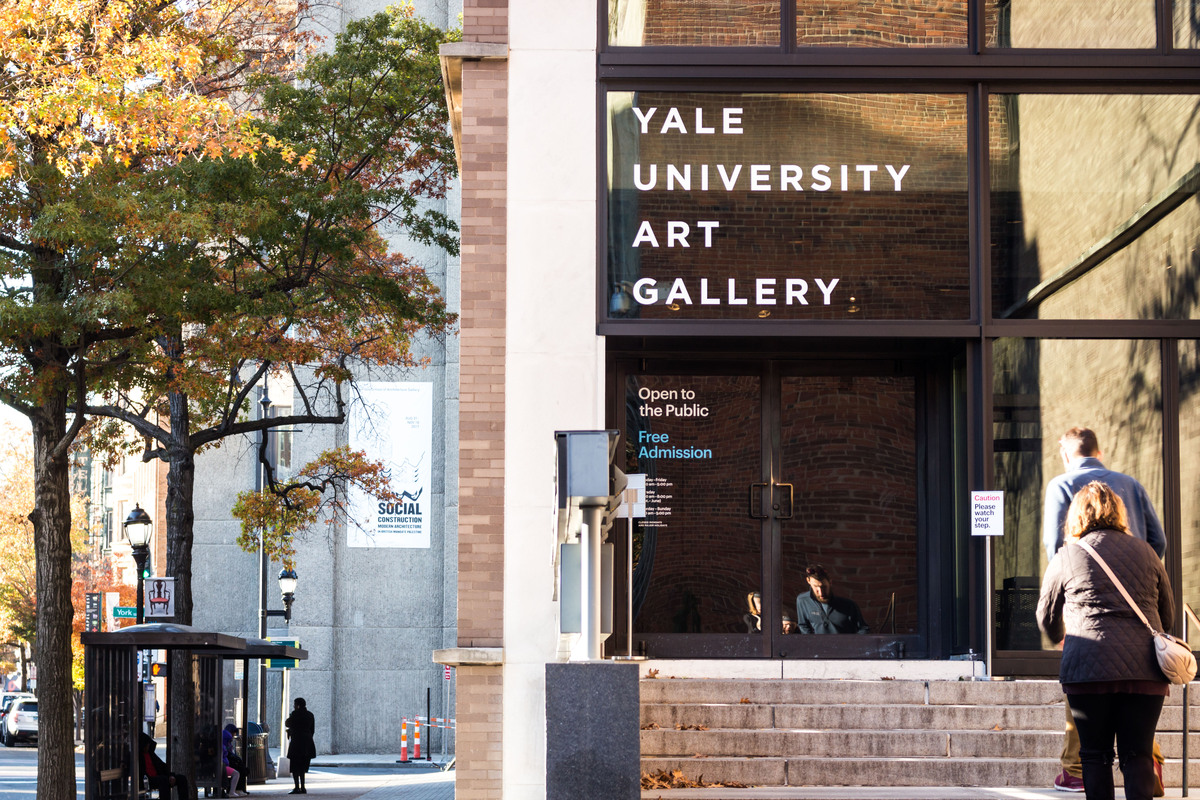New Yale digital archive, LUX, lights the way for greater access to University collections
The platform, which was released in May, consolidates the University's vast museums and collections into a single online platform.

Daniel Zhao, Senior Photographer
Yale’s new digital archive, LUX, consolidates artifacts and works from the University’s many historical collections, providing people around the world with access to centuries of art, writing and photography.
The project began in 2008 with the establishment of Yale’s Office for Digital Access and Infrastructure. In 2011, the project gained momentum as Yale developed a cross-collection discovery platform. This platform was the first of its kind to include digital resources from the Yale Center for British Art, the Yale University Art Gallery, the Yale Peabody Museum and the Beinecke Rare Book and Manuscript Library. After years of evaluation and fine-tuning, LUX was finally released to the public this past May.
“[LUX is a] single cross collection and discovery environment that could reveal relationships between things across collections,” said Robert Sanderson, co-chair of Yale’s Bias Awareness and Responsibility Committee.
According to their website, the Bias Awareness and Responsibility Committee was created to ensure that Yale is held accountable for the biases present in how they describe and present their cultural heritage selections.
Anyone can explore the treasure trove that is LUX. Online visitors can get an up-close look at Aztec pottery, peruse through a gallery of Renaissance paintings and read through Shakespeare’s complete anthology all in one place.
The archive helps facilitate quick searching and research by allowing users to select a variety of filters such as location, object type and material. Once a user finds their desired work, LUX gives a detailed description of the work, along with its physical location at the University.
“We always do things better in a team than we do separately — it’s just undeniable,” Sanderson said. “So in following that ethos, we’ve seen in progress this project to connect our platforms.”
Communication between Yale’s various artistic institutions proved vital to the creation of LUX. The platform showcases the multidisciplinary aspects and widespread coverage of Yale’s galleries.
Students told the News that they hope the new ease of research across Yale’s archives with LUX will make writing about and analyzing artifacts more efficient.
“It’ll eliminate a lot of wasted time by … [allowing me] to search through all of Yale’s resources before actually going to the museum to look at something,” said Olivia Fayemi ’27, who is an art history major.
Fayemi highlighted how convenient it would be to gain more direct access to the breadth of resources and historical collections Yale has to offer, adding that LUX will help her “take advantage” of what she can for her degree.
LUX currently features an archive of more than 17,000,000 objects and 13,000,000 works from over 500,000 locations across the world. Included in this collection are original sketches by Leonardo da Vinci, clay vessels from the Incan empire and fossils from the Moreau River.
According to Sanderson, LUX is more than an archive as he claimed it represents a celebration of the artifacts and texts that people have made throughout history. He said LUX also serves as a reminder of the diversity, equity and inclusion goals that Yale has yet to achieve. As co-chair of the Bias Awareness and Responsibility Committee, Sanderson described how the group addresses the complications that come with publicizing art from a variety of cultures.
“We have to rely on the providers of that data to be respectful … We want to be respectful of other cultures, while still providing information as openly as possible,” he said.
Descriptions of sources are available in a variety of languages. Additionally, Sanderson said the LUX team worked with people with disabilities to make LUX more accessible.
LUX’s Open Access Policy is a keystone feature of the website. This means that anyone, regardless of their affiliation with Yale, has access to LUX and all of its data.
“I think it’s quite a luxury to have LUX,” Bella Le ’27 said. “Coming from a school that did not have … adequate resources for research, I think it’s nice to have such an accredited institution provide these [for] free … to the public.”
The LUX team has been in contact with universities such as the University of Oxford and the University of Cambridge, as well as local museums and art galleries, to discuss the digitization and release of their archives, according to Sanderson.
Founded in 1832, the Yale University Art Gallery is the oldest collegiate art museum in the Western hemisphere.







